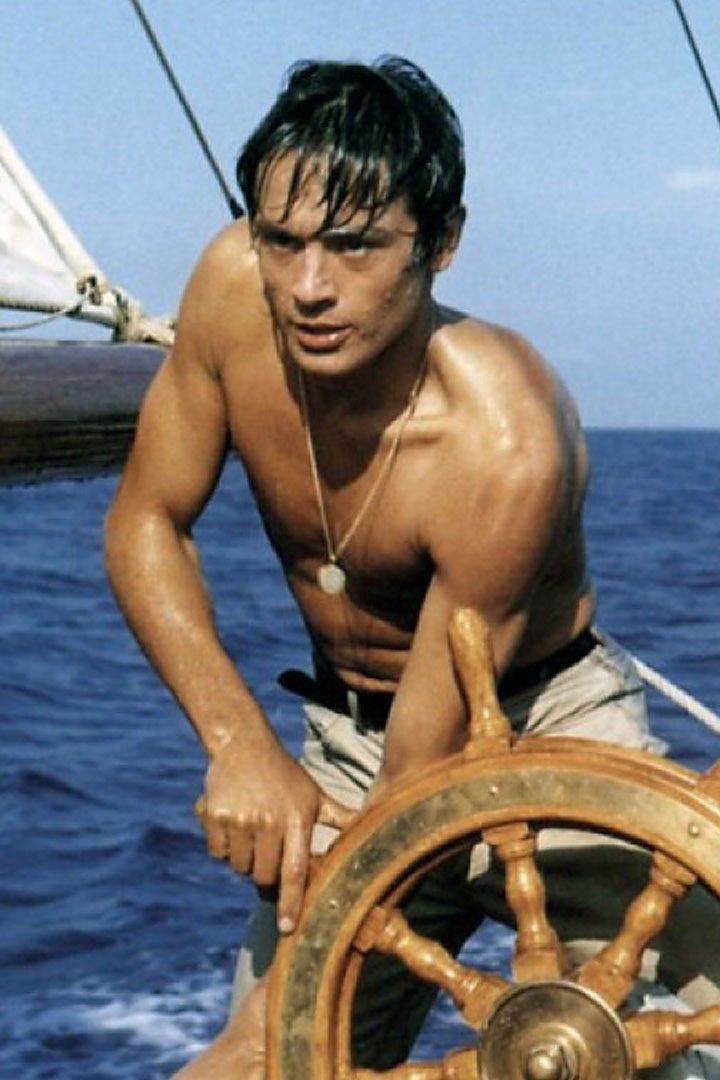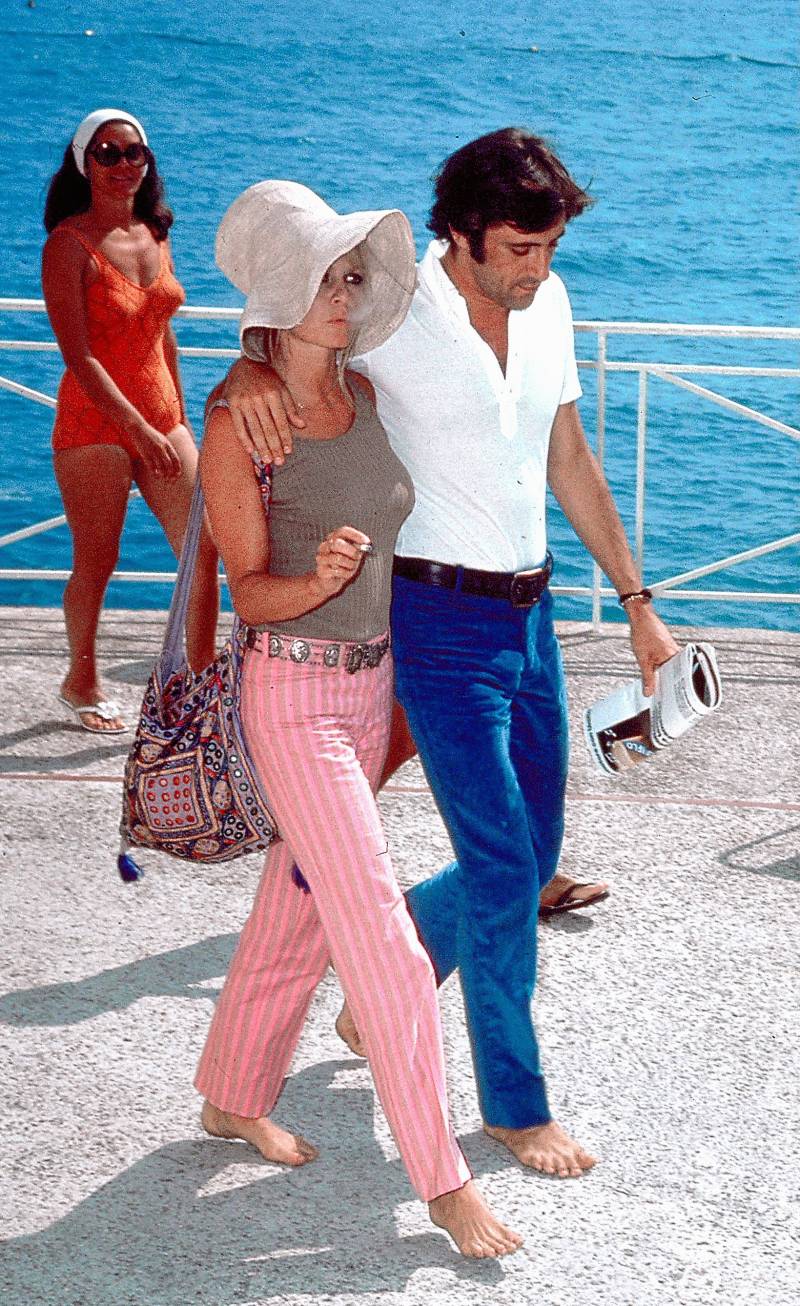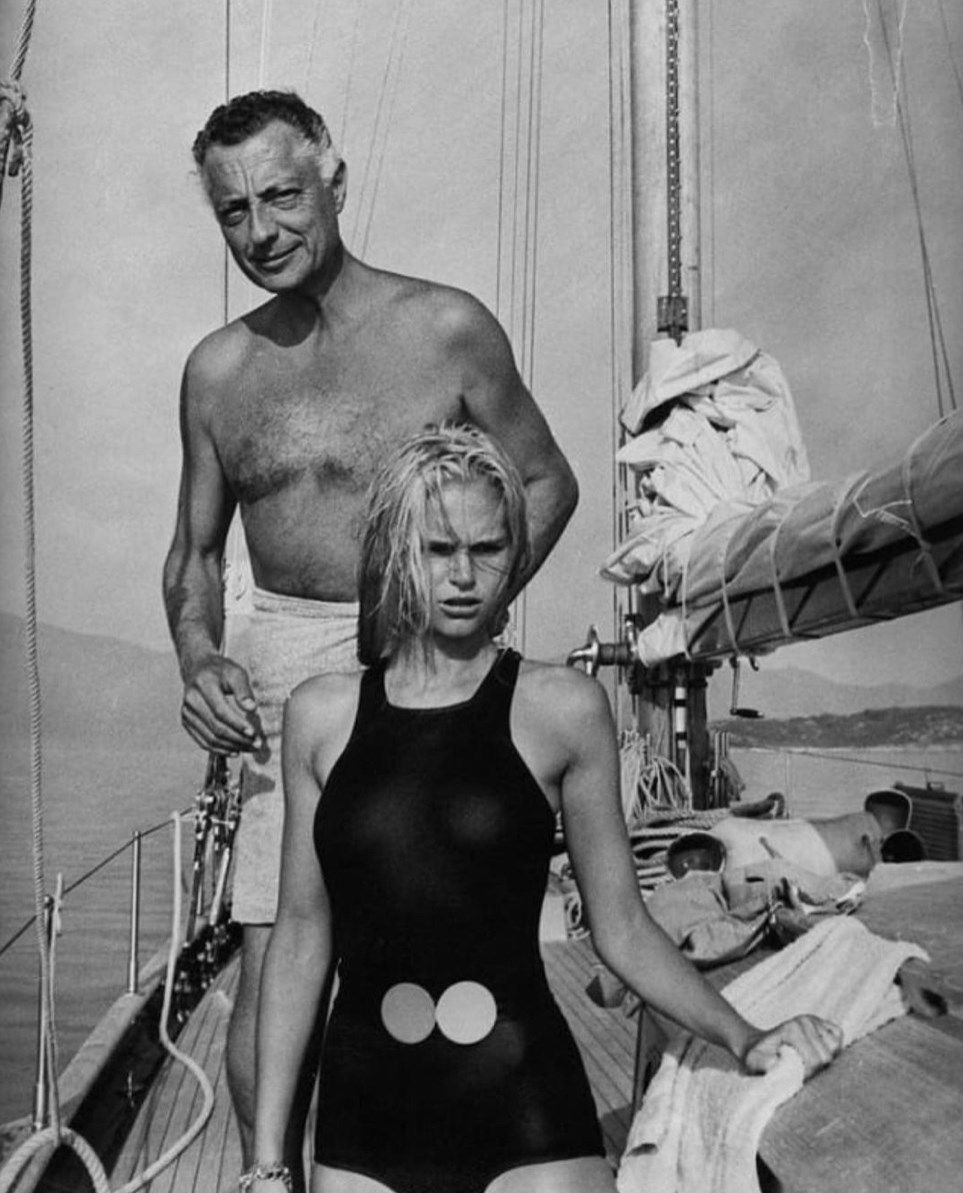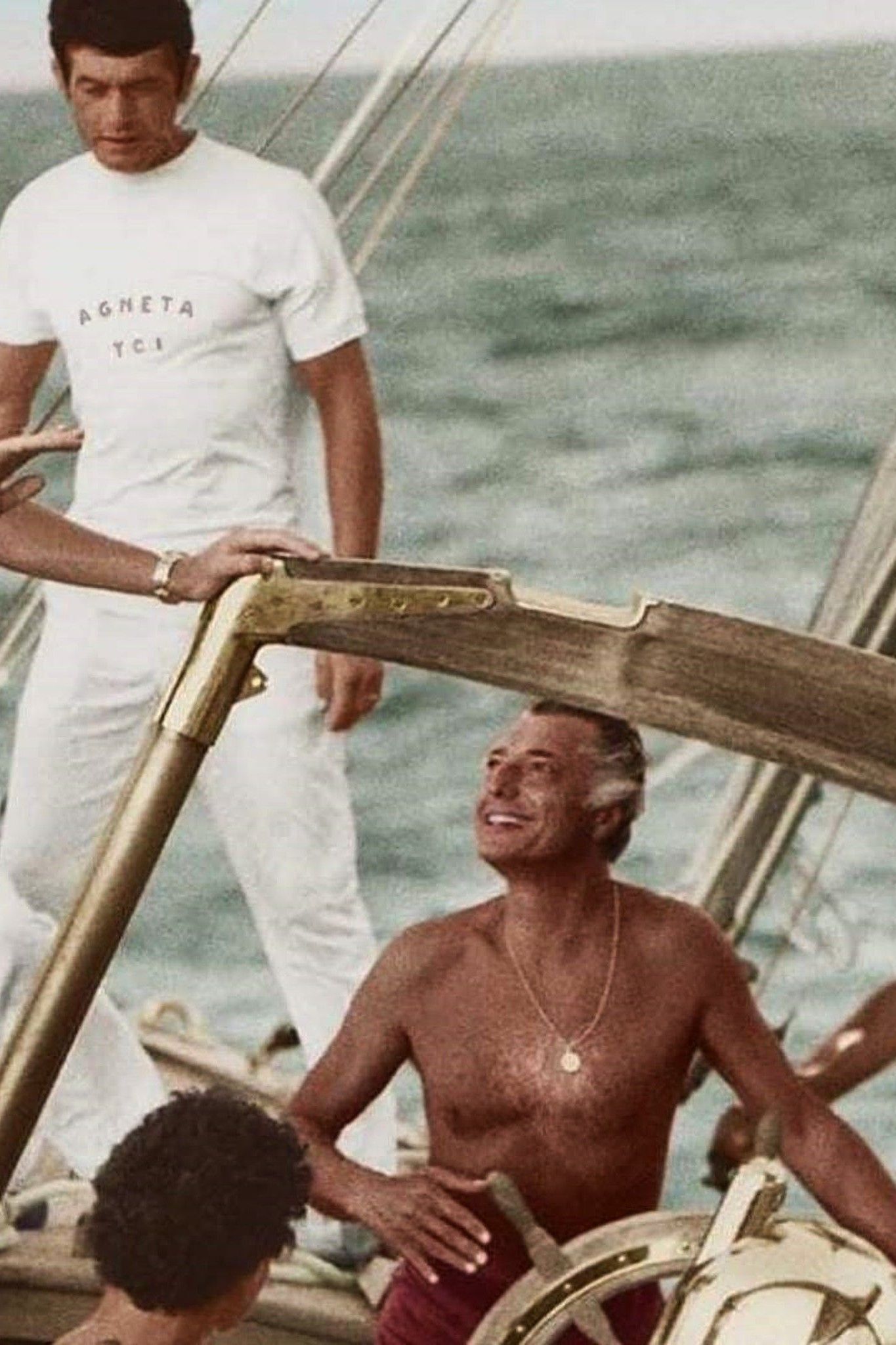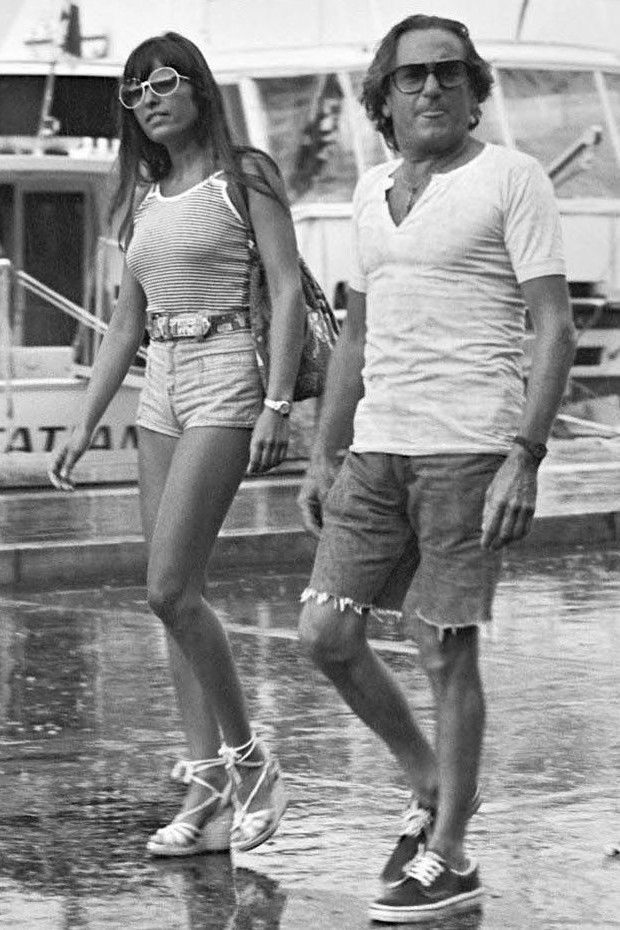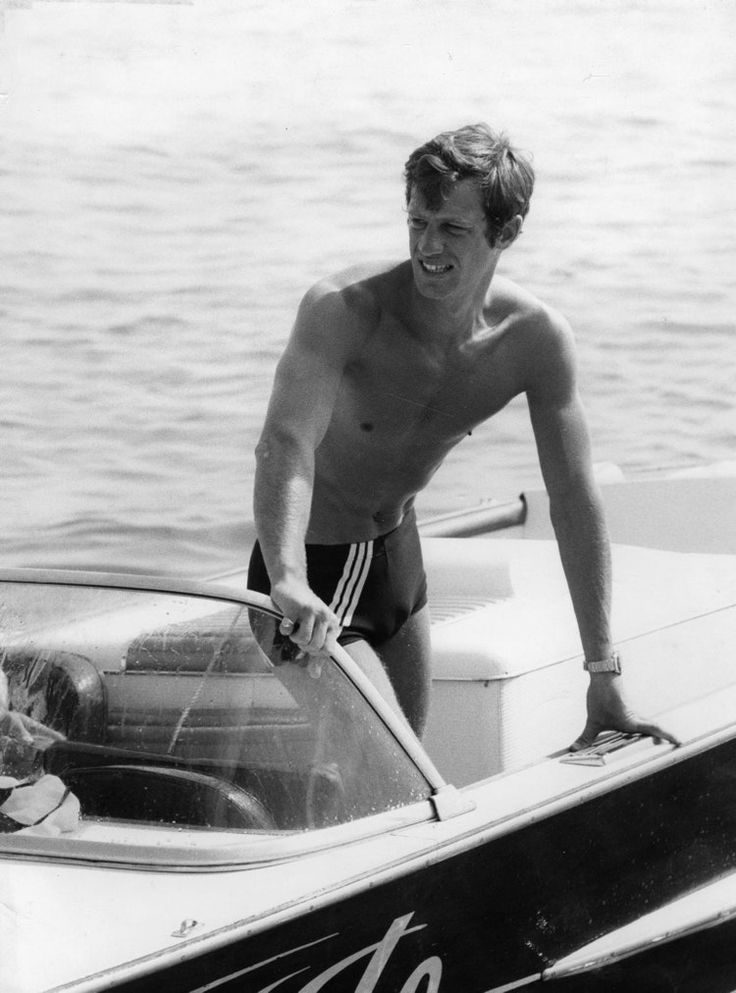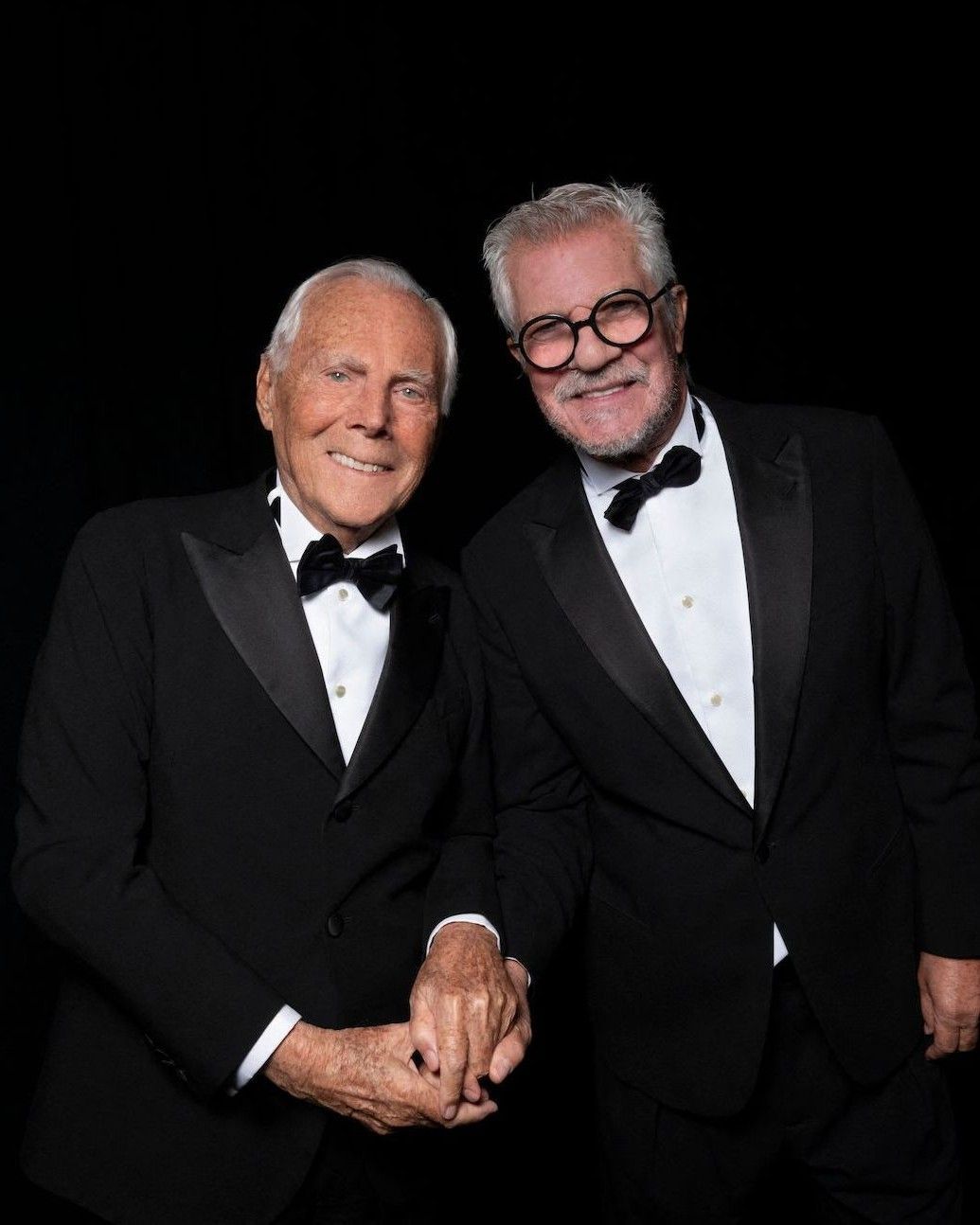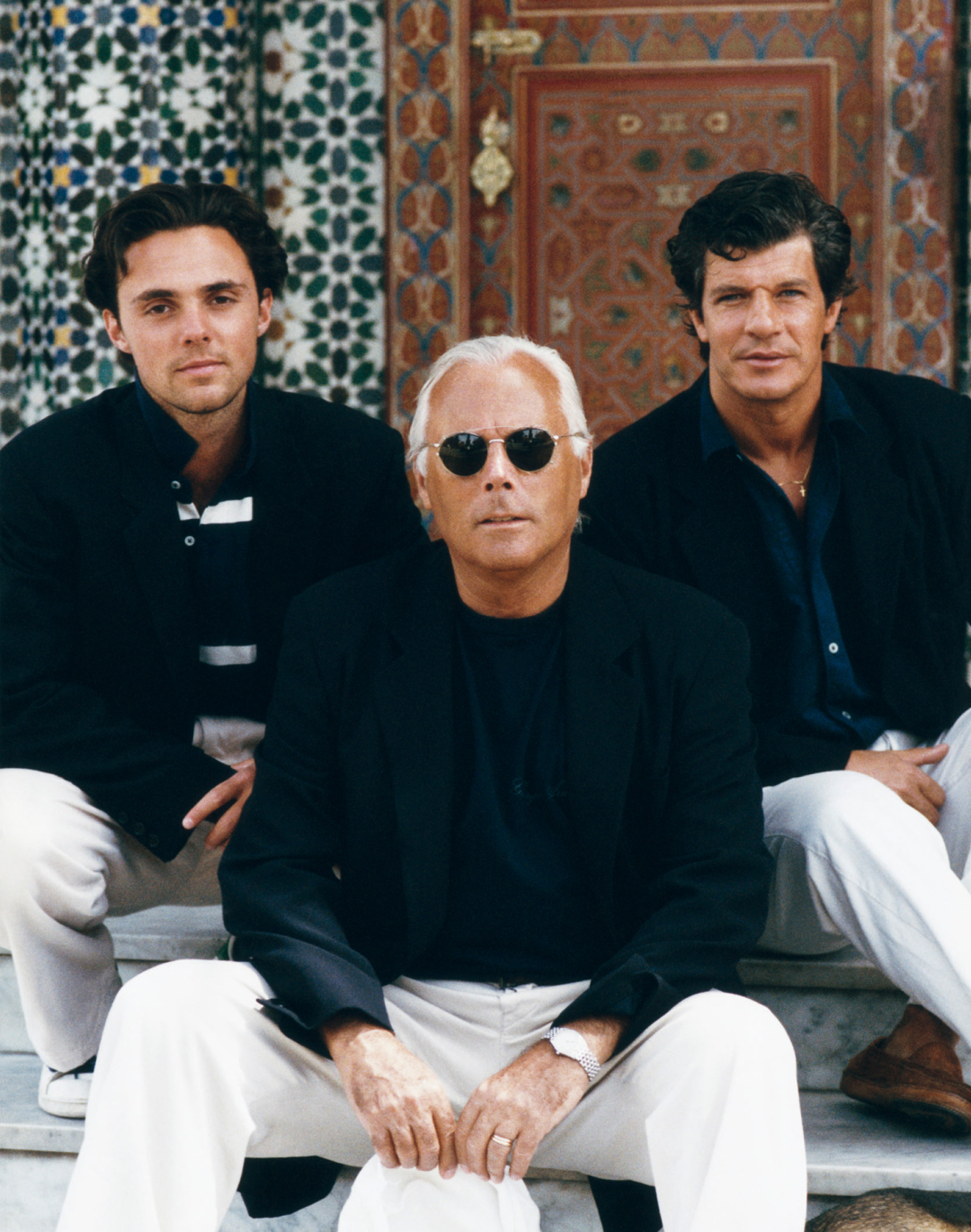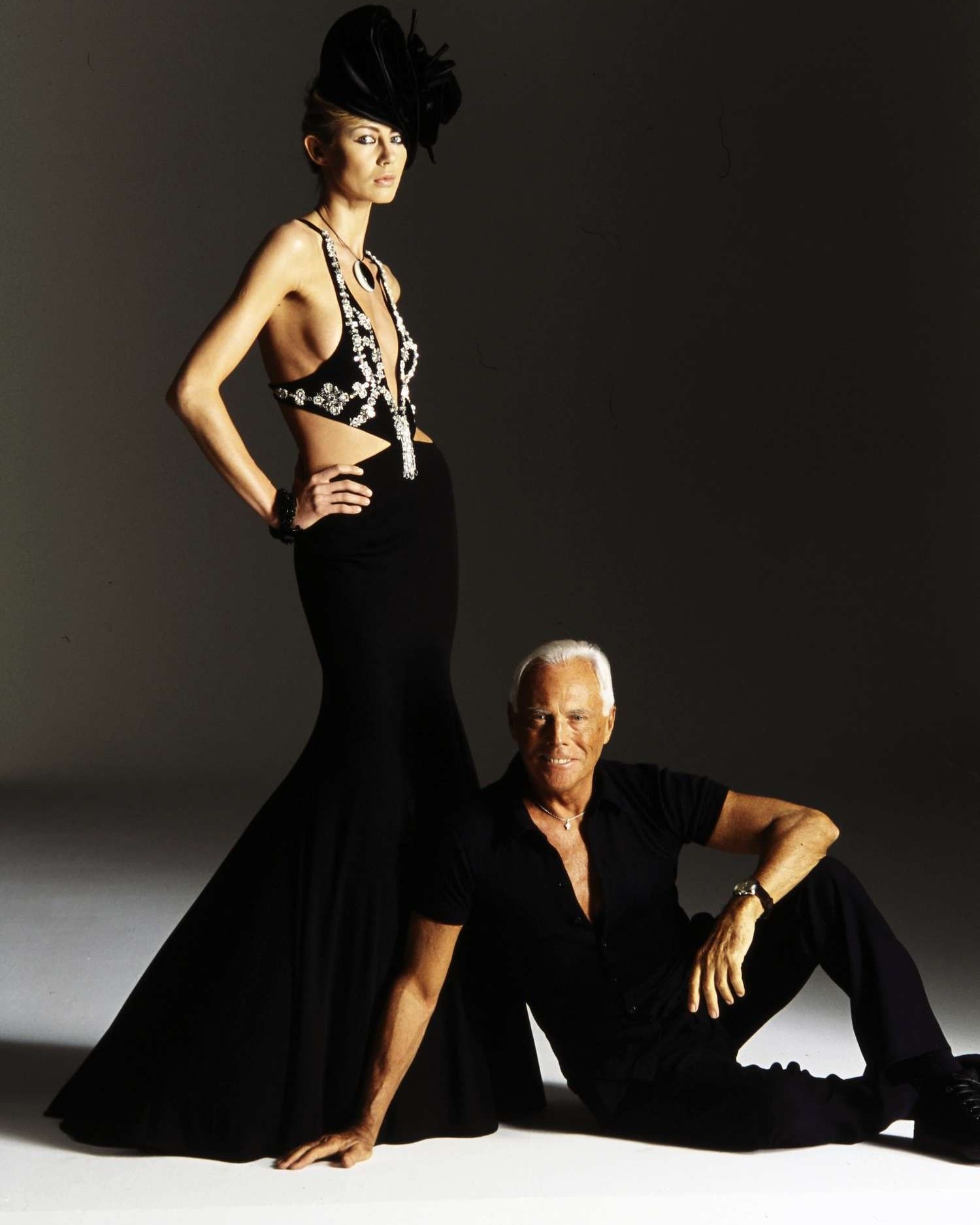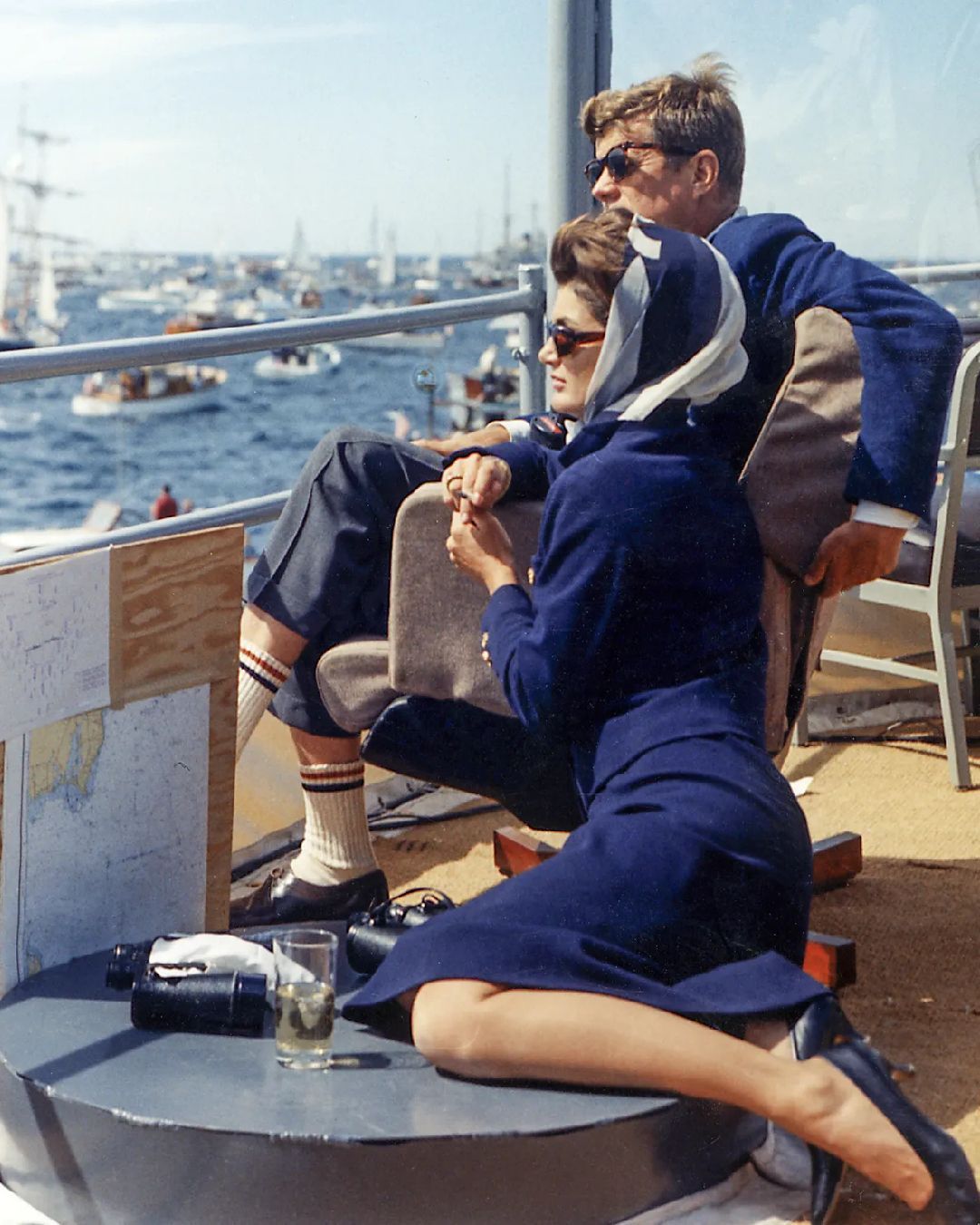
The entrepreneurial appeal of sailboat aesthetics Bank account aside, there is a Gianni Agnelli in each of us
It would be virtually impossible to spend August anywhere in the Western Hemisphere without seeing, on someone's feet, a certain semi-open leather shoe whose laces run around the hem of the upper. The shoe in question is known in technical terms as a boat shoe and is part of a broader imagery that has at its center the sailboat and the legendary figures of the past who popularized it as the ultimate status symbol of the luxury vacation. A fusion of physical activity and extreme glamour, the sailboat is more than just a means of transportation for sea vacations - it is itself the setting and prerequisite for a type of nature component tourism that from the 1960s onward has found a popularity that endures to this day. If we were to give credence to the many moodboard pages on Instagram focused on vintage and especially nautical aesthetics, we could perhaps say that, in 1960, it was Alain Delon with the film Purple Noon who embodied that mixture of informality, upper-class sophistication and total sexiness that stood behind a man in a shirt with his hands clasped on the helm of his boat against a backdrop of deep blue sea.
Another and even more relevant embodiment of that myth was, twenty years later, Gianni Agnelli, who established forever the binomial of gentleman and sportsman and who, having shed his corporate chief's uniform, was often portrayed tanned and smiling, as well as shirtless, at the helm of his boat. On those occasions formality was not thrown completely overboard, and compromises were made between institutional and athletic dress in the form of blue polo shirts and shirts, white pants, gold chains but also turtlenecks and sunglasses. After all, on a sailboat exceeding fifteen meters, even the classic white T-shirt becomes a statement. Behind this ringleader hides a whole thicket of more or less well-known jet-set personalities of thirty years ago: the whole fauna of pleasure-seekers that hung out the clubs of Saint-Tropez such as the Escale or the Papagayo, that crowded the Piazzetta of Capri, that docked in the coves of the Costa Smeralda and Ibiza before the scheduled parties and the clubs with exorbitant menus. Today their outfits seem strangely formal to us, attributable to the tired archetype of the "classic gentleman," but the truth is that back then t-shirts and cargo shorts were not so common, wearing a shirt on a boat was less about personal sophistication than necessity - one wore what one's closet offered. And anyone who has spent a few days on a boat knows that one cannot afford too many formalities on board: after all, life on a boat is beautiful because it is simple, a life one spends barefoot or lying in the sun.
The appeal of the sailboat aesthetic (which remains separate, however, from its more directly technical-sporting counterpart embodied so perfectly by Prada's Luna Rossa or brands like Helly Hansen) can be traced back to a switch in the aspirationality of menswear that, from the aristocratic laziness of the early 1900s, according to which the wealthy boat-owner of the day did not have to lift a finger if he was cruising on his boat, has shifted toward the myth of the man of action: capable of leading a board of directors with authority today and setting sail to the open sea tomorrow - perhaps in the company of handsome guests and other members of the international jet-set sunbathing on the bow. In Gianni Agnelli's case, the guests on the boat could not have been more illustrious, after all it is not everyone who takes the Kennedy family on a cruise. But regardless of the cursus honorum of the passengers, the protagonist still remains the ship's captain whose personality and authority is also expressed through the informality or semi-formality of the costume. And while from a more general point of view the boat uniform is very unformal and flirts with sportswear, the status it represents extends far beyond hulls and sails as evidenced precisely by the popularity of the classic boat shoe, which, by the way, has become so associated with the stereotype of the "rich kid on a boat" that it has an entire category of memes dedicated to it.
@sophie.har what types of shoes tell you about a guy....like for part 2 #greenscreen #fyp #college #shoeschallenge #understandingmen original sound - Sophie
Indeed, in interpreting this kind of aesthetic, it might be better to avoid the classic sailing club uniform of shirt tucked into belted shorts, sweater over the shoulders, and boat shoe and return to the informal uniforms of Alain Delon and Gianni Agnelli that hinged on comfort and, more importantly, established a cliché rather than just following it. After all, today's summer commercial tourism destinations (Ibiza, Capri, Versilia, the Emerald Coast, and so on) were in the past the classic stops on the boat cruises that the European jet set followed every summer. It is precisely from this consideration that the nature of the coolness expressed by the sailboat aesthetic emerges, which is less about the outward aesthetic manifestations associated with the sailing world (cabana stripes, shades of blue and azure, Rolexes on the wrist, businessman's shirts) and more closely concerns the relaxed vibe of those who have better things to do than worry about their clothes. Indeed, it is precisely in an imagery as rich and long-lived as yachting that it is good to disarm clichés and stereotypes with a healthy dose of simplicity: Think of Giorgio Armani wrapped in soft navy blue suits in his Pantelleria, Willy Rizzo in denim shorts and sneakers in Saint-Tropez in the 1970s, Jean-Paul Belmondo strolling the beach in his blue chinos in Pierrot Le Fou, the legendary Gigi Rizzi walking around barefoot and with a silk scarf around his neck for half a Mediterranean alongside Brigitte Bardot. The list could go on. The key to everything always remains effortlessness: the entrepreneur on a boat can be recognized precisely because he is not dressed as an entrepreneur.










































